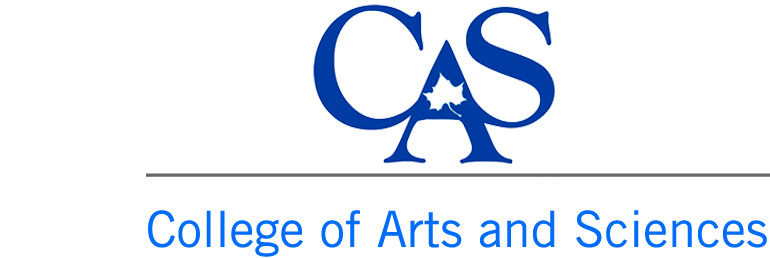Eric D. Glendening
Professor
Physical Chemistry
Computational Chemistry
B.A., 1985, Central College
Ph.D., 1991, University of Wisconsin-Madison
Postdoctoral Experience
1991-1992 University of California-Berkeley
1992-1995 Pacific Northwest Laboratories
Teaching Awards
CAS Educational Excellence Award, 1998
Caleb Mills Distinguished Teaching Award, 2004
Office: S-053
Phone: (812) 237-2235
E-mail: eric.glendening@indstate.edu
Research Summary
Dr. Glendening's research interests involve the application of computational chemistry methods in physical organic chemistry. Two specific areas of research are ion-molecule interactions and delocalization phenomena in organic molecules.
Advanced computing techniques are used to calculate geometries, binding energies, and vibrational spectra of complexes formed by the association of metal cations with small organic ligands. These calculations provide insight into the various factors (electrostatic, polarization, charge transfer) that influence the structure and binding selectivities of these ligands. Results facilitate the analysis of molecular beam data obtained by experimental collaborators, and comparison of the calculated data with experimentally determined properties allows us to judge the accuracy of the computational methods employed.
Other work focuses on the development and application of methods of analysis to re-express the quantitative details of the computational chemist's calculations in terms of the qualitative bonding models that are more familiar to the organic chemist. A novel approach to resonance theory has been developed that evaluates the type and weight of resonance structures that contribute to calculated electronic wave functions. Applications of this method clearly demonstrate the fundamental role of resonance (delocalization) on the structure and dynamics of small organic molecules.
Recent Publications
E. D. Glendening and F. Weinhold, “Resonance Natural Bond Orbitals: Efficient Semilocalized Orbitals for Computing and Visualizing Reactive Chemical Processes,” J. Chem. Theory Comput. 2019, 15, 916.
E. D. Glendening, C. R. Landis, and F. Weinhold, “NBO 7.0: New Vistas in Localized and Delocalized Chemical Bonding Theory,” J. Comput. Chem. 2019, 40, 2234.
E. D. Glendening, C. R. Landis, and F. Weinhold, “Resonance Theory Reboot,” J. Am. Chem. Soc. 2019, 141, 4156.
E. D. Glendening, S. J. Wright, and F. Weinhold, “Efficient Optimization of Natural Resonance Theory Weightings and Bond Orders by Gram-Based Convex Programming,” J. Comput. Chem. 2019, 40, 2028.
R. Feng, E. D. Glendening, and K. A. Peterson, “Actinyl Cation-Cation Interactions in the Gas Phase: An Accurate Themochemical Study,” Phys. Chem. Chem. Phys. 2019, 21, 7953.
K. Kyriakidou, P. Karafiloglou, E. Glendening, and F. Weinhold, “To Be or Not to Be: Demystifying and 2nd Quantized Picture of Complex Electronic Configuration Patterns in Chemistry with Natural Poly-Electron Population Analysis,” J. Comput. Chem. 2019, 40, 1509.
R. Feng, E. D. Glendening, and K. A. Peterson, “Coupled Cluster Study of the Interactions of AnO2, AnO2+, and AnO22+ (An = U, Np) with N2 and CO,” Inorg. Chem. 2020, 59, 4753.
E. D. Glendening, C. R. Landis, and F. Weinhold, “Natural Bond Orbital Theory: Discovering Chemistry with NBO7.” In Complementary Bonding Analysis, S. Grabowsky, Ed., De Gruyter: Berlin, 2021.
Jennifer Inlow, Chairperson
email:jennifer.inlow@indstate.edu
Department of Chemistry and Physics
600 Chestnut Street
Science Building, Room 035
Indiana State University
Terre Haute, IN 47809
Chemistry
Office: Science 035
Phone: 812-237-2239
Fax: 812-237-2232
Physics
Office: Science 165
Phone: 812-237-2239
Fax: 812-237-4396
Office Hours
Monday-Friday
8:00 AM - 4:30 PM
Driving Directions
